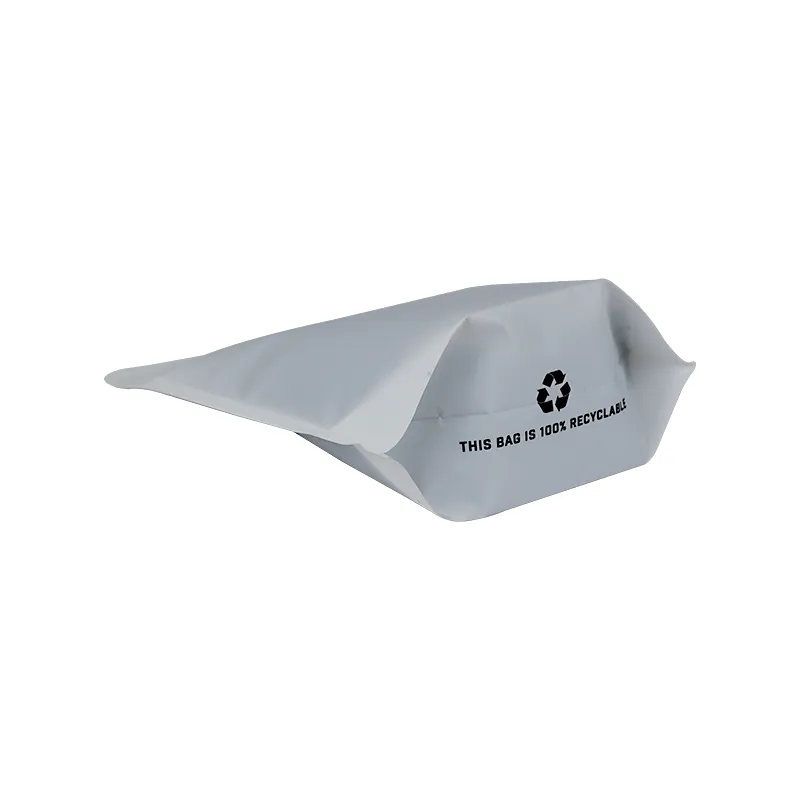- Afrikaans
- Albanian
- Amharic
- Arabic
- Armenian
- Azerbaijani
- Basque
- Belarusian
- Bengali
- Bosnian
- Bulgarian
- Catalan
- Cebuano
- chinese_simplified
- chinese_traditional
- Corsican
- Croatian
- Czech
- Danish
- Dutch
- English
- Esperanto
- Estonian
- Finnish
- French
- Frisian
- Galician
- Georgian
- German
- Greek
- Gujarati
- haitian_creole
- hausa
- hawaiian
- Hebrew
- Hindi
- Miao
- Hungarian
- Icelandic
- igbo
- Indonesian
- irish
- Italian
- Japanese
- Javanese
- Kannada
- kazakh
- Khmer
- Rwandese
- Korean
- Kurdish
- Kyrgyz
- Lao
- Latin
- Latvian
- Lithuanian
- Luxembourgish
- Macedonian
- Malgashi
- Malay
- Malayalam
- Maltese
- Maori
- Marathi
- Mongolian
- Myanmar
- Nepali
- Norwegian
- Norwegian
- Occitan
- Pashto
- Persian
- Polish
- Portuguese
- Punjabi
- Romanian
- Russian
- Samoan
- scottish-gaelic
- Serbian
- Sesotho
- Shona
- Sindhi
- Sinhala
- Slovak
- Slovenian
- Somali
- Spanish
- Sundanese
- Swahili
- Swedish
- Tagalog
- Tajik
- Tamil
- Tatar
- Telugu
- Thai
- Turkish
- Turkmen
- Ukrainian
- Urdu
- Uighur
- Uzbek
- Vietnamese
- Welsh
- Bantu
- Yiddish
- Yoruba
- Zulu
Best Practices for Properly Addressing a Padded Envelope
How to Address a Padded Envelope
Sending items through the mail safely and efficiently requires careful attention to how you address your envelope, especially when dealing with padded envelopes. Padded envelopes are ideal for protecting items that are fragile or require extra cushioning during transit. However, the success of your mailing experience is heavily reliant on proper addressing techniques. This article will guide you through the steps to ensure your padded envelope reaches its intended destination without issue.
Choose the Right Padded Envelope
Before we delve into the addressing process, it's crucial to select the appropriate padded envelope. Padded envelopes come in various sizes, so ensure that the one you choose is large enough to comfortably contain your item without forcing it in, which could damage the contents. Additionally, check that the envelope has adequate padding—either bubble wrap or foam—to protect your item during shipping.
Preparing the Envelope
Once you have your padded envelope and item ready, it’s time to prepare it for mailing. Start by inserting your document or item carefully. If you’re sending multiple items, consider lining them with additional protective material to keep them from moving around inside the envelope. After securing the contents, seal the envelope properly. Most padded envelopes have self-adhesive flaps, but for extra security, you may want to reinforce the seal with packing tape.
Addressing the Envelope
The next crucial step is addressing the envelope. Here’s how to do it correctly
how to address padded envelope

1. Recipient's Address Start by writing the recipient's address in the center of the envelope. It should include - Recipient's name - Street address (including apartment or unit number, if applicable) - City, state, and ZIP code Make sure to write legibly, as unreadable addresses can lead to delivery failures. Using dark ink on a light background is advisable, as it enhances readability.
2. Return Address In the top left corner of the front side of the envelope, write your return address. Even if you trust the mailing service, having a return address is essential in case the envelope cannot be delivered. The return address should be formatted similarly to the recipient’s address and should include - Your name - Your street address - Your city, state, and ZIP code
3. Postage Affix the correct postage in the upper right corner of the envelope. Padded envelopes may require additional postage due to their weight and size, so check with your local postal service or online postage calculator to determine the correct amount. Be sure to use stamps that are valid and correctly placed, as inadequate postage can result in delays or returned mail.
4. Special Instructions (if necessary) If your padded envelope contains fragile items or requires special handling (such as Do Not Bend), consider marking the envelope with warning labels or writing instructions in bold on the outside. This can help postal workers handle the envelope more carefully to protect the contents.
Final Checks
Before dropping your padded envelope in the mail, take a moment to double-check all the information. Ensure that addresses are correct, legibly written, and that all sides of the envelope are securely sealed. If possible, weigh your envelope to confirm compliance with postal regulations.
Conclusion
Addressing a padded envelope may seem like a straightforward task, but attention to detail is crucial for ensuring that your items reach their destination safely and promptly. By following these steps—selecting the proper envelope, securely packing the contents, clearly addressing the envelope, and checking postage—you can enhance the chances of successful delivery. With these guidelines in mind, you're well-equipped to tackle your next mailing with confidence!













